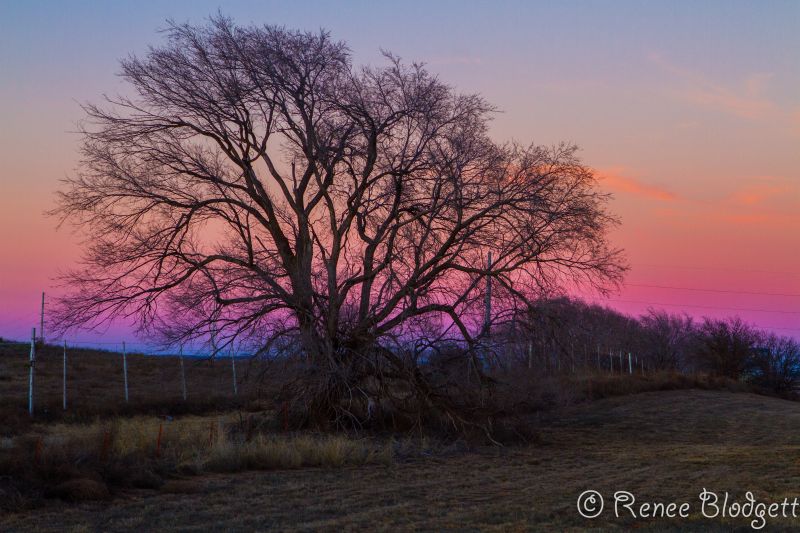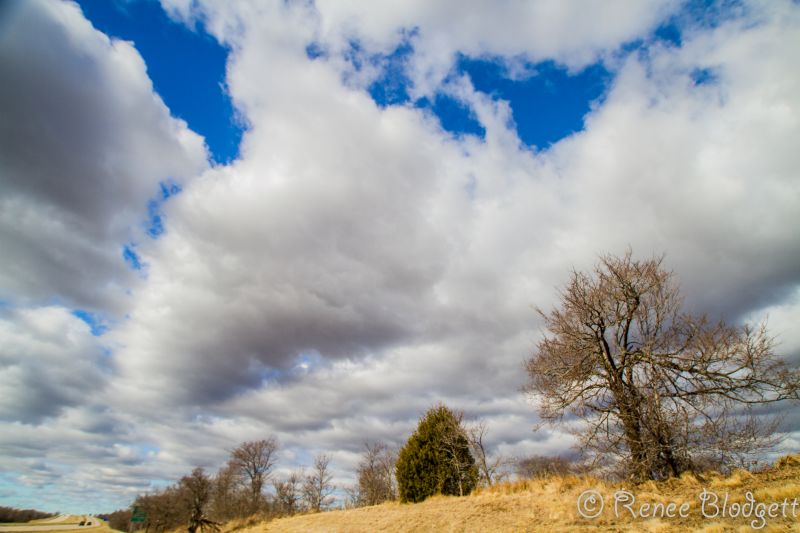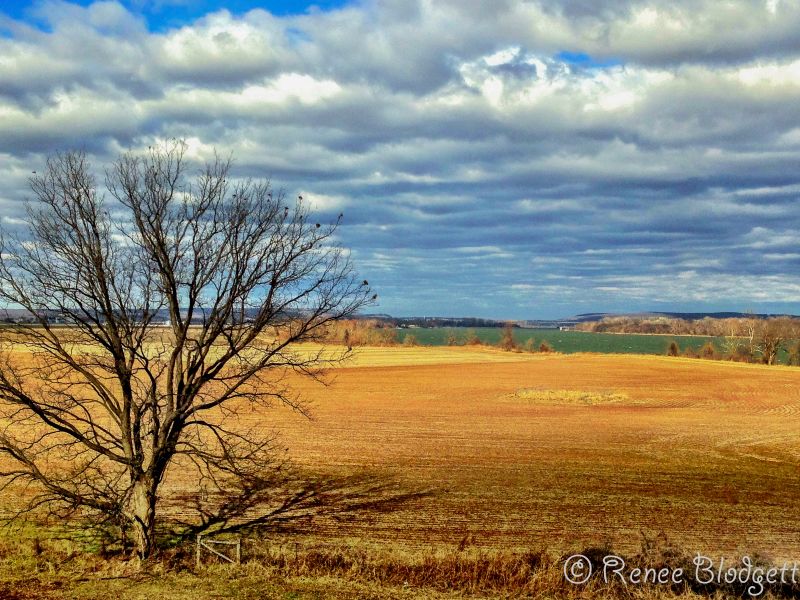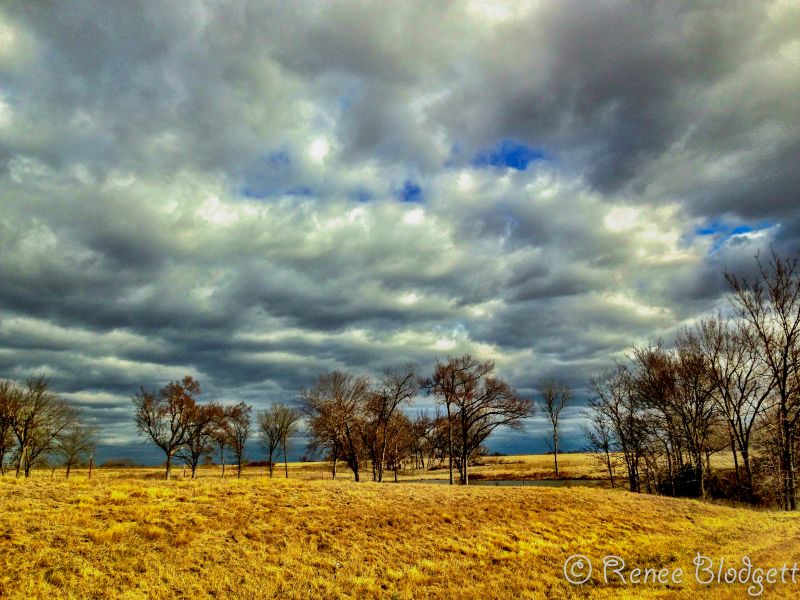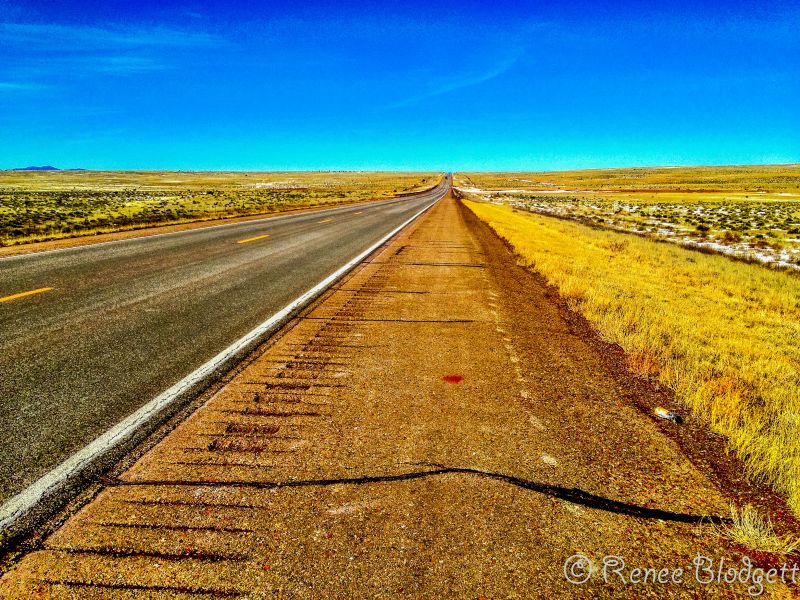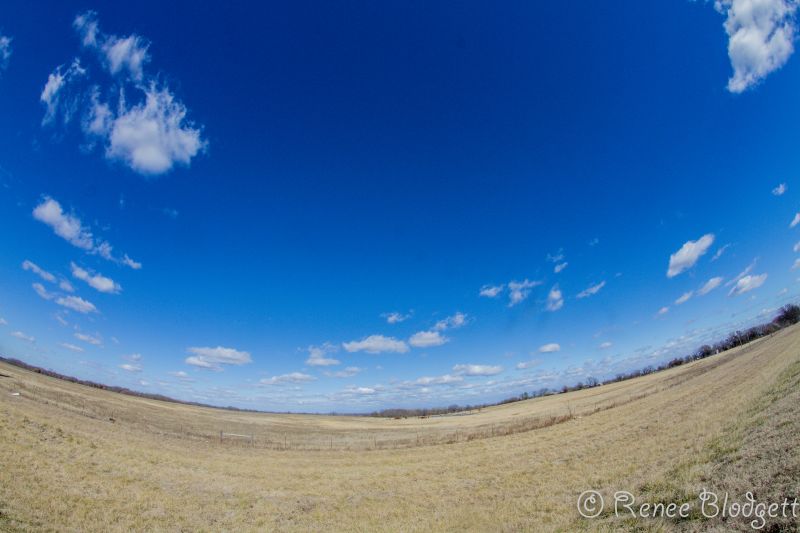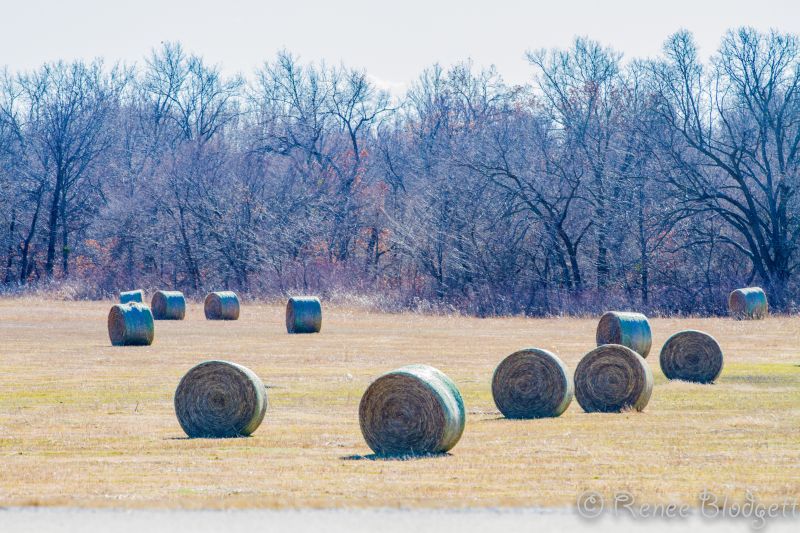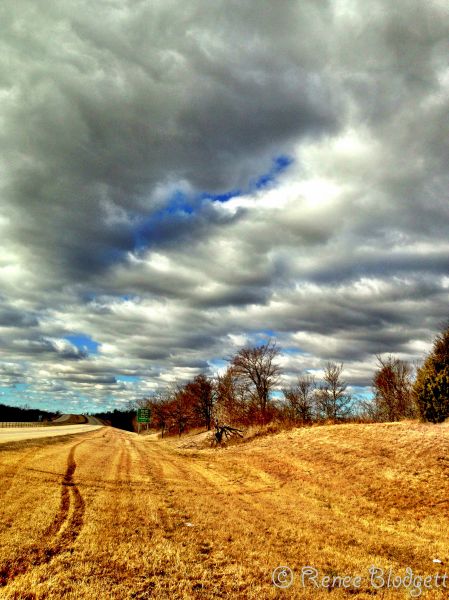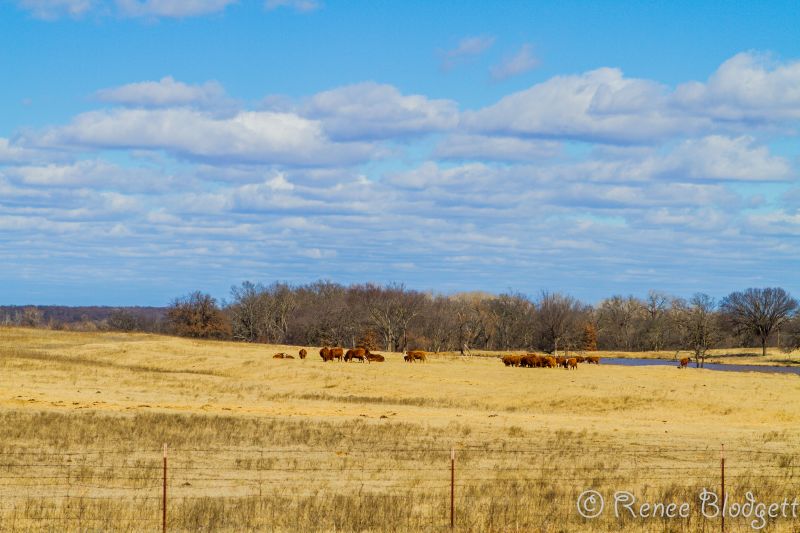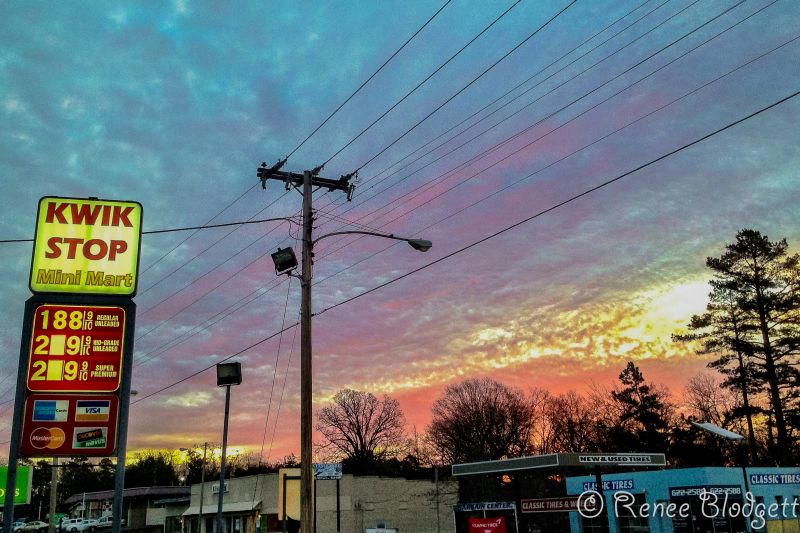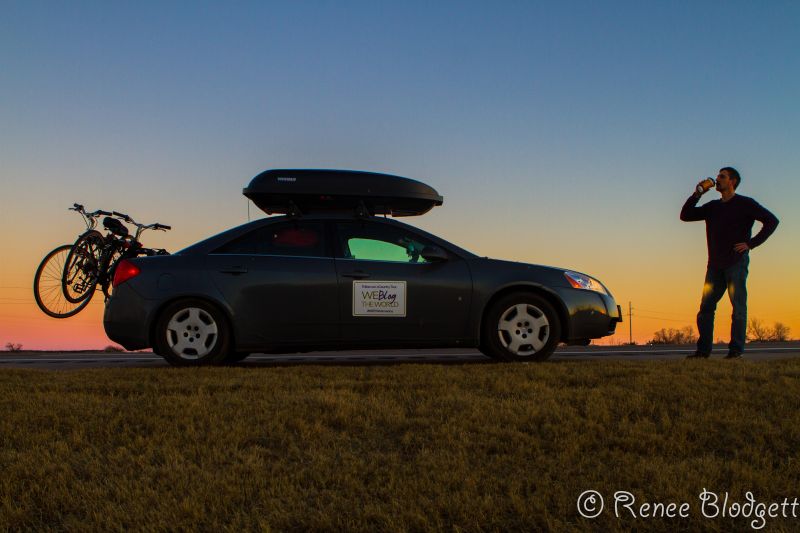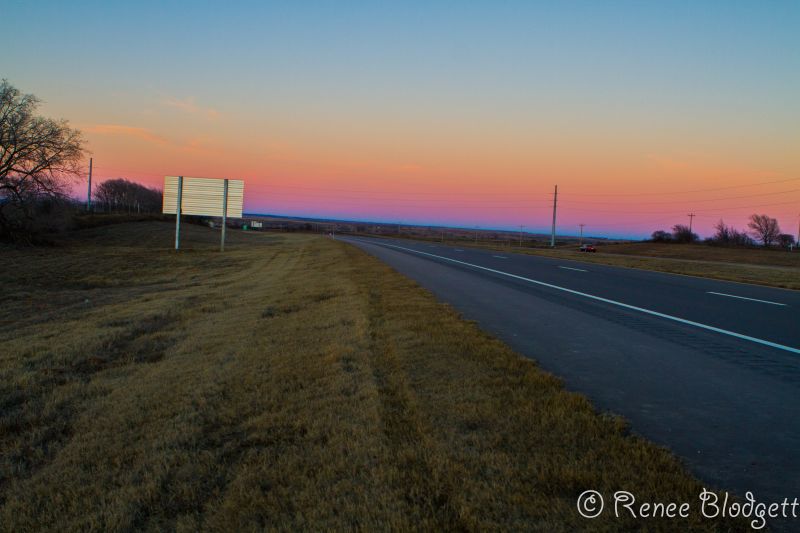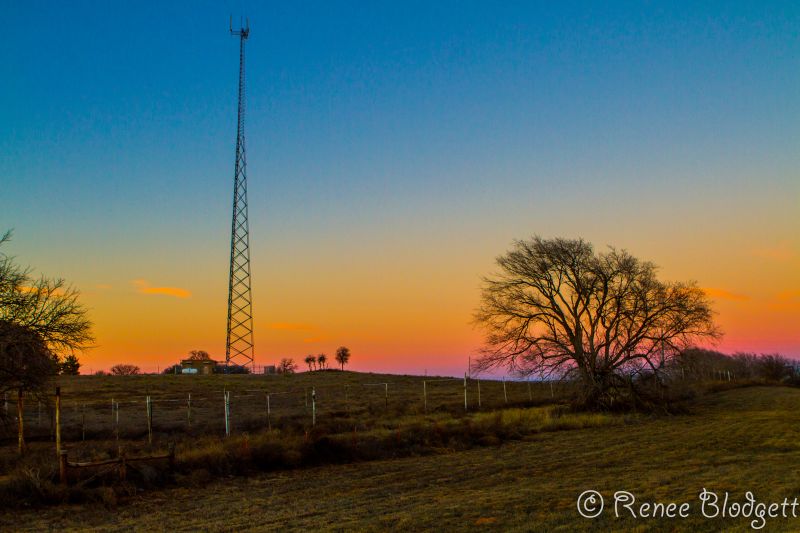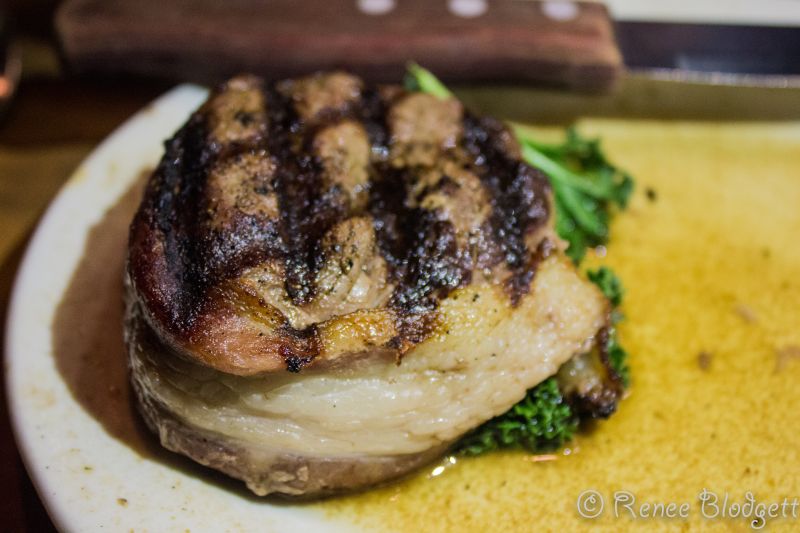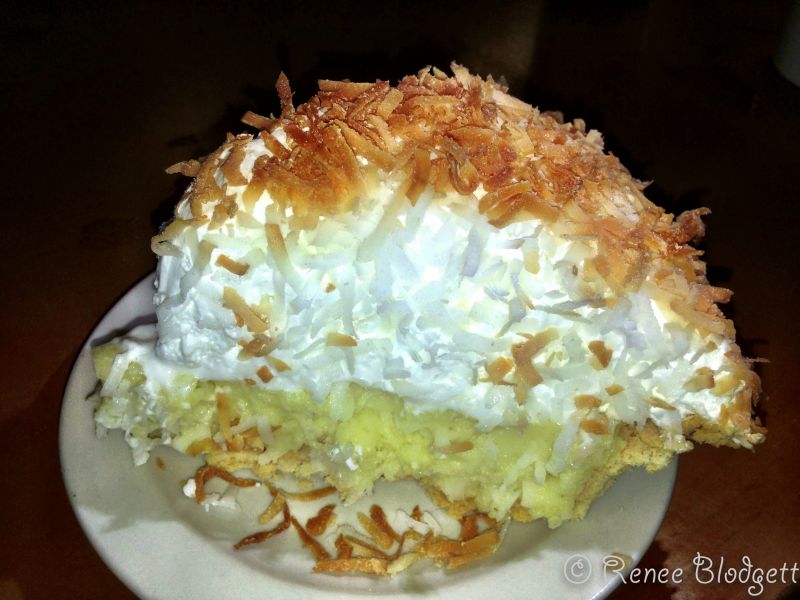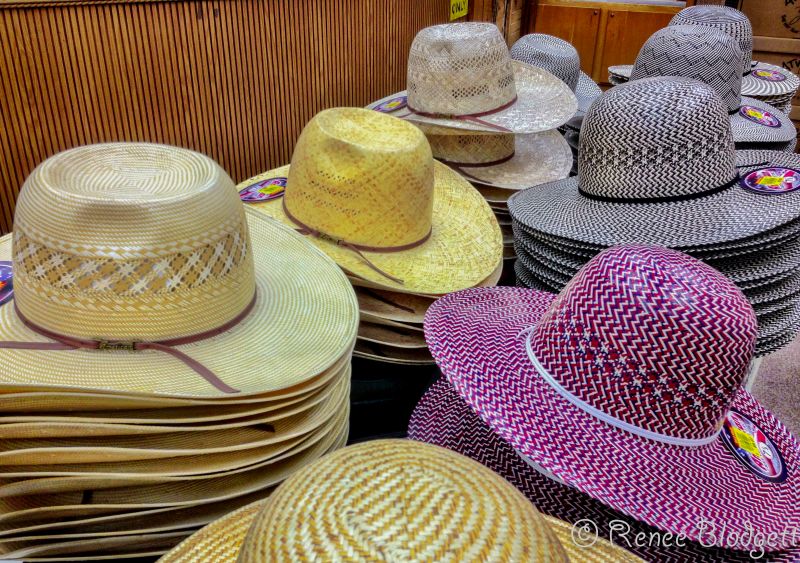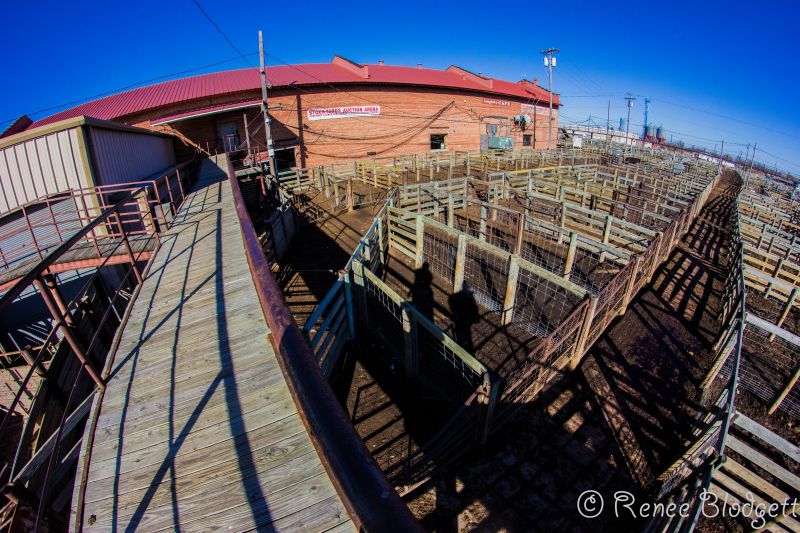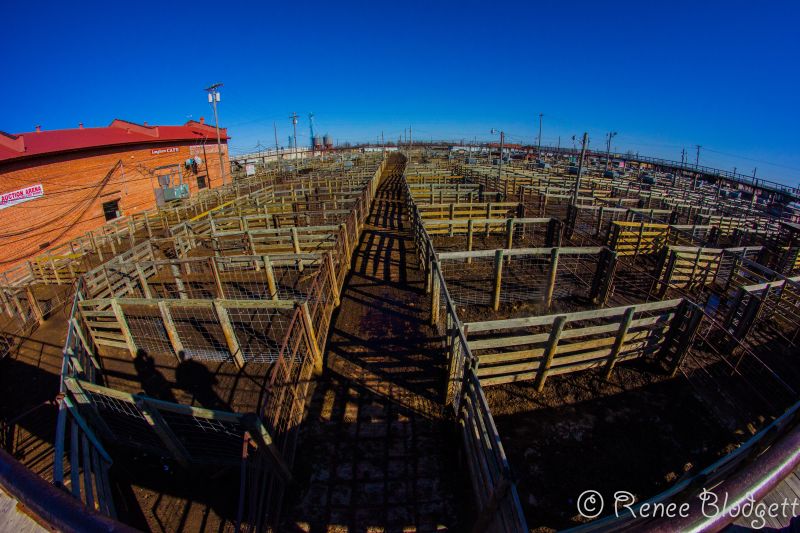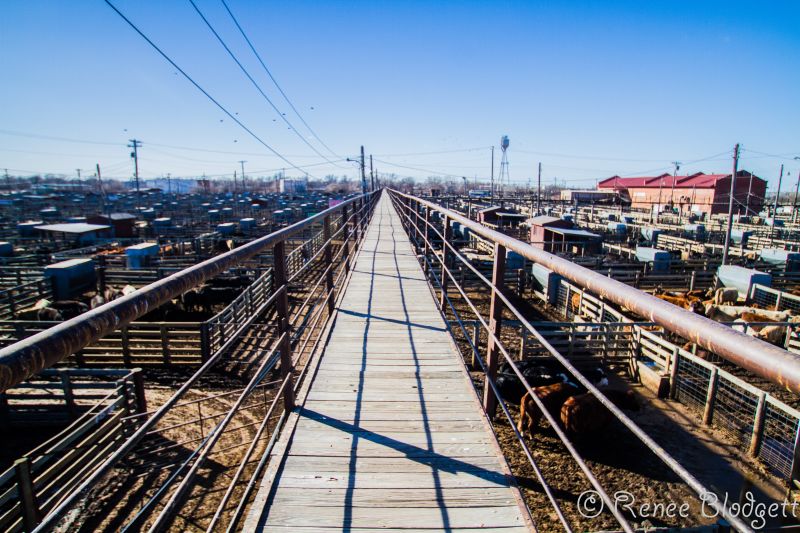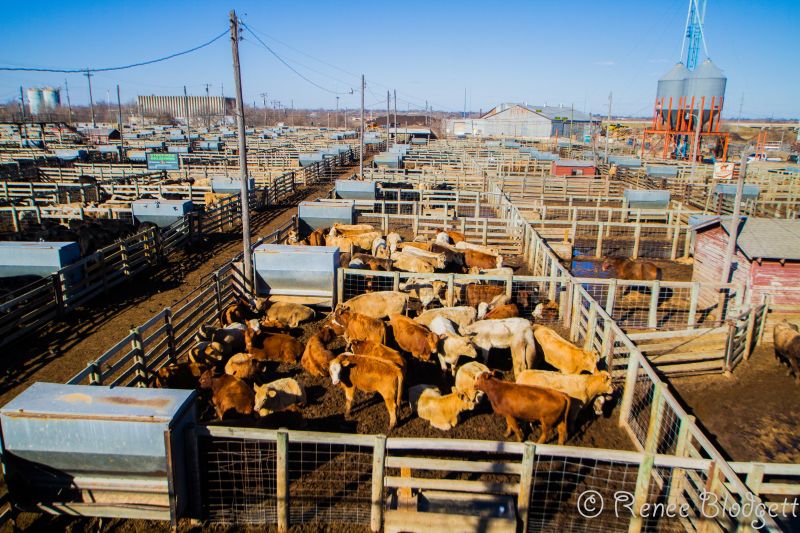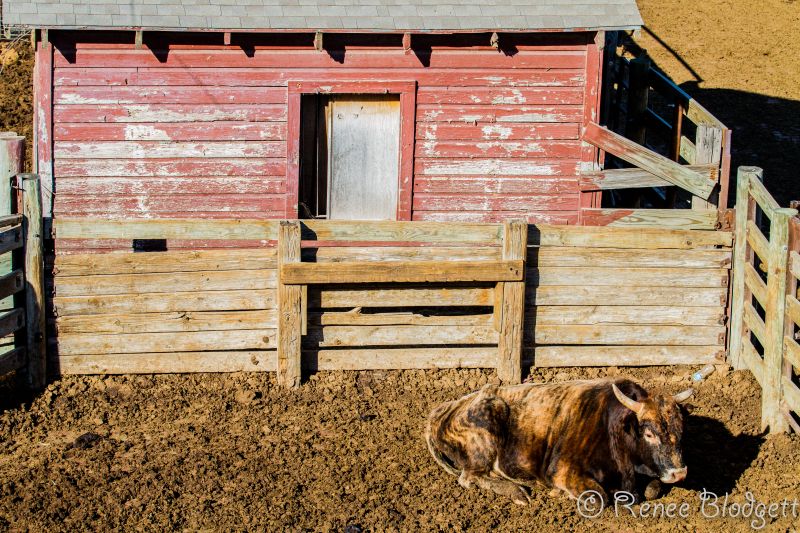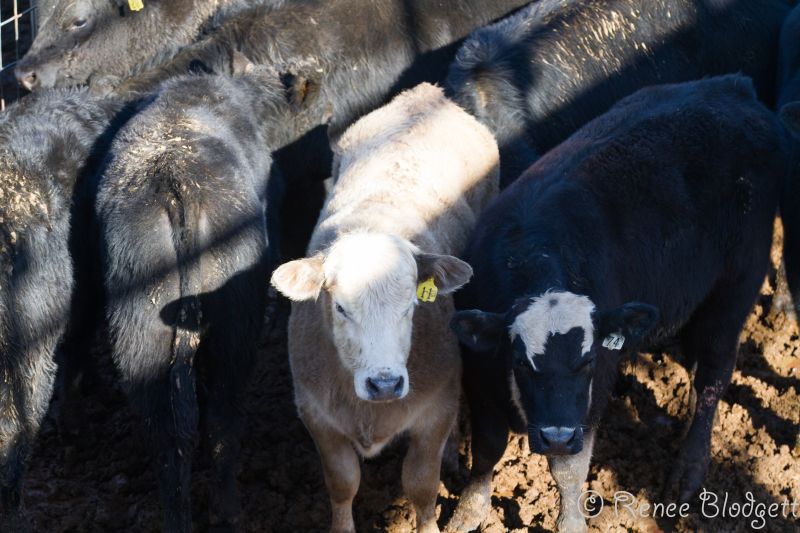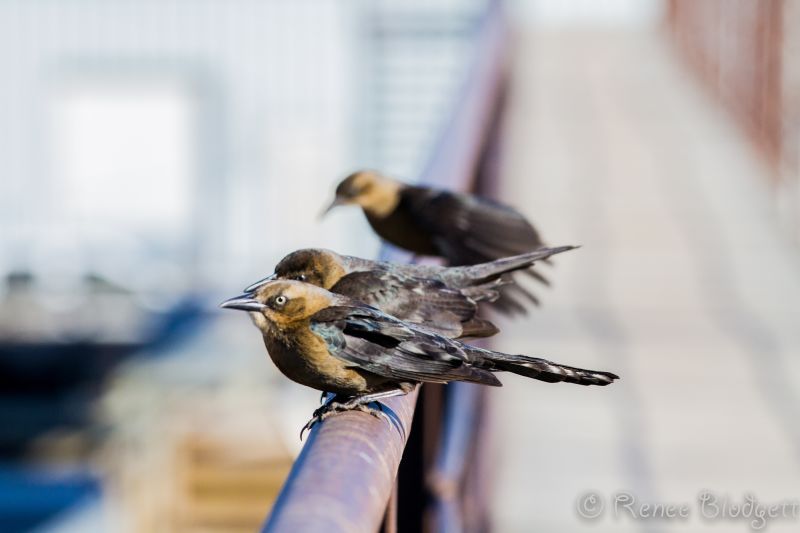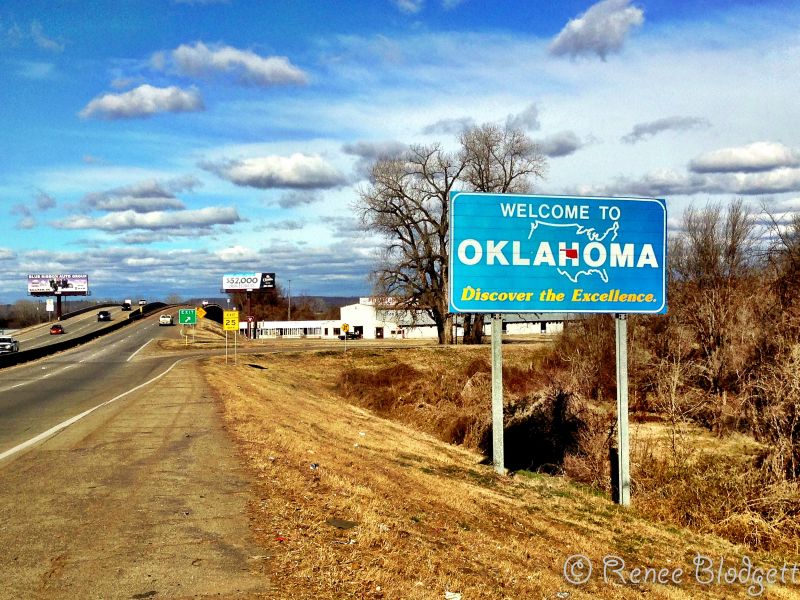It wasn’t the first time I had been to Oklahoma I reminded myself when I passed through this vast state only a couple short months ago and yet, nothing felt vaguely familiar about it except for the few times I saw tumbleweeds blowing in the wind on the side of the road. The last trip was a breezy one….in and out of Tulsa in a couple short days now over 30 years ago when I was a mere pup, or at least that’s how it felt so as I reminisced about the trip I made with my grandfather way back when.
Ahhh yes, the tumbleweeds. There’s an alluring mystery about the tumbleweeds you find in the Midwest of the country and in some areas of the south. They move silently and swiftly, making barely a whisper as they scatter across the plains and sometimes into the towns. They can get up to 20 feet high at times and are more common during dry periods and when the winds are high. It’s worth noting that you won’t find tumbleweeds in all parts of the state, largely because I discovered, that Oklahoma has more ecoregions per square mile than most states in the country. That said, its arid-ness and wide open plains attract them, just like they do in other states with similar climatic patterns, like certain parts of South Dakota, Texas and Kansas for example.
Drought is a recurring part of Oklahoma’s climate cycle, as it is in all the Plains states and you can almost feel that to be the case when you drive through, even if you didn’t know a thing about the state’s history. It wasn’t the tumbleweeds that left an imprint on my memory of this trip however, but the clouds — the wispy yet prominent clouds that wrap themselves around blue patches of sky, forming themselves into the oddest shapes and sizes.
Roughly two hours from Oklahoma City, we passed a sign that said leaving Cherokee Nation — I didn’t notice anything different about being inside Cherokee Nation opposed to out of its boundaries, however, its important to acknowledge it as they are the largest tribal nation in the United States and yet, so few Americans would actually know that if you asked them on the street. Set in northeastern Oklahoma, Cherokee Nation is the federally-recognized government of the Cherokee people and has inherent sovereign status recognized by treaty and law. They have more than 317,000 citizens, over 8,000 employees and a variety of tribal enterprises ranging from aerospace and defense contracts to entertainment venues. I learned through a little digging that Cherokee Nation’s economic impact in Oklahoma and surrounding areas is more than $1.5 billion annually.
The coolest part about what they do however is protect their people’s sovereignty while preserving and promoting Cherokee culture, language and values. Who wants to see any culture fade away? It’s so important to have a body to preserve a culture’s heritage despite how difficult that may be in a country where the melting pot is what is promoted and fitting into all things American (and I’d argue that often means all things generic), is the order of the day.
I quietly thought about what it must have been like for the Cherokee people at a time when we didn’t have electricity and our main mode of transport was a horse. Imagine living in those wide open plains where the wind is so strong and tumbleweeds so prevalent? I was in a day dream for awhile after we passed that sign on the wide open road and it was the clouds are what drew me into the state we call Oklahoma again, waking me up to the reality of our long drive that day.
On both sides of us were the familiar spiky trees that are barren from a long winter. The wind was intense at times as is common in the state of Oklahoma, no grave surprise that there are so many tornadoes on the state’s list.
Oklahoma’s clouds have such drama to them even when there’s no chance of a rainstorm in sight and the sun is meant to shine all day long. The wind was harsh during part of our journey, so harsh that it was hard to open the car door at times. You could easily imagine being engulfed by a tornado and while that visual may leave you a little chilled, also imagine some of the fluffiest puffiest white clouds you’ve ever seen above you coating your eyes with an energy that combines purity, natural beauty and a romantic dance.
While the clouds and trees exuded all things winter minus the snow, despite a January chill from the wind, the temperature got to 56 mid-day and the sun shone down upon us, the dancing clouds and the spiky trees. Joining our journey along Route 40 West, which we joined from Route 61 in Arkansas, were some of America’s biggest trucks carting everything from retail to cattle. While it may be a familiar route for many truckers, more often than not, we were alone on the wide open road which seemed to go on for miles….and miles. And, it did, beyond the distance the human eye could see.
The road itself wasn’t the only thing that exuded nothingness — the plains of Oklahoma were flat and sprawling, the land dry from drought, while the clouds danced above us.
Occasionally, we’d come across a farm, or a lone wooden silo of hard to say what although we imagine it could only be hay. In Oklahoma’s wide open skies, “larger than the average bear” hawks flew above us while we listed to 80’s tunes blaring on the radio, the combination of which took us back to another time in America, one which we don’t experience in urban cities or on either coast. Even when you couldn’t see cows alongside the road, you could smell them. Wide open plains of barrenness and then a cell tower, and then nothing at all for a long stretch along Route 40 east of Oklahoma City.
Gas station signs were lower than we had filled up anywhere since we left the east coast – $1.88, which I haven’t seen since the 1990’s. We thought it might be a typo until we filled up our tank and only spent around $12, just another thing that threw us back in time. In rural Tennessee, we had seen a gas station sign for $1.77 but didn’t fill up there, thinking it might be a new norm and quite frankly, it was a bit of a new norm, until we hit New Mexico that is.
The other wonderful thing about Oklahoma’s dramatic clouds and skies are what happens to them as the sun begins to set.
While there’s not much to do in her wide open plains, there’s a sense of peace and tranquility that you find in that nothingness, where the road goes on and on for miles on end. It gives you time to think but also reflect on this big land we call America, what she was 200 years ago and what she has become today. What once was a country of new immigrants who had some of the strongest survival instincts this land has yet seen, who farmed their land and fed naturally grown food to their children, has turned into a country with more fast food and processed food centers than schools.
I was thrilled to see a growing movement towards Farm-to-Table and sustainable food practices in pockets of the Midwest and the South, including Oklahoma City, where we hung our hat for the day on our way to Amarillo Texas. Be sure to read my write-up on our Restaurant Picks for Oklahoma City, which includes a combination of healthy, trendy and chic options in the every so funky Bricktown section of Oklahoma City as well as savory photos of Cattleman’s Steakhouse, the oldest in the state, located in Stockyard’s, the older part of the city. They have a wide variety of cuts and styles to choose from and boast secret recipes to their preparation and sauces.
For the non-meat eating readers, it’s worth heading to Cattleman’s for their exquisite desserts alone – they’re famous for their pies — the coconut cream pie was to-die-for!!
Nearby, they have a few cool shops worth visiting, including the legendary Langston’s on South Shields Boulevard where you can pick up the latest in cowboy boots, shirts and hats.
Stockyards City, like Cattleman’s Steakhouse, opened in 1910 as a primary source for meat processing and packing in America. They also did cattle trading and auctions and still do today. By 1961, faced with complete overhaul and updating of equipment, the packing plants closed down, however, the Stockyards still retains its profitable cattle trading.
The area’s nickname for a time was “Packingtown” and since its founding, more than 102,000,000 head of livestock have passed through the iron gates leading to the Stockyards operation. Over the years, Stockyards City has always been a draw for cattlemen, horsemen, farmers, ranchers and real cowboys to come for apparel, equipment, supplies, a good meal, and the opportunity to catch up on what was going on over a cold sarsaparilla with fellow cattlemen.
If you’re a vegetarian or are avidly against cattle trading and slaughter, then heading to the Stockyards may not be your thing, but from a historical perspective, the place exudes the old wild west and depicts what life was like at a time when cowboys and ranchers ran the country — far far before there was a Whole Foods or Trader Joe’s. Stockyard City is the home of the largest stocker/feeder cattle market in the world.
Cattle auctions are still held Monday and Tuesday each week and while the shots I took below show “mostly empty” stalls, it is bustling on auction days.
As we walked across the wooden bridges, paths and beams built above the corals, we saw emptiness on one side and cattle and birds hanging out on another.
While Oklahoma may not have the romantic appeal of Aruba, the naturalness of Fiji, the drama of Aspen or the Swiss Alps, the adventure of the Canadian Rockies, the diversity of London, the mystery of an African safari adventure or the exotic temptation of India, the state has a beautiful sense of solitude about it, mixed with a alluring blend of where America’s wild west meets the Midwest. And then, there’s her oh so dramatic clouds that you simply must see!
Have you been to Oklahoma? If so, what was your favorite part about it? Let us know in the comments below.

Renee Blodgett is the founder of We Blog the World. The site combines the magic of an online culture and travel magazine with a global blog network and has contributors from every continent in the world. Having lived in 10 countries and explored over 90, she is an avid traveler, and a lover, observer and participant in cultural diversity. She is also the founder of the Magdalene Collection, a jewelry line dedicated to women’s unsung voices and stories, and the award-winning author of the bestselling book Magdalene’s Journey
She is founder of Blue Soul Media and co-founder of Blue Soul Earth as well as the producer and host of the award-winning Blue Soul CHATS podcast, that bridges science, technology and spirituality. Renee also founded Magic Sauce Media, a new media services consultancy focused on viral marketing, social media, branding, events and PR. For over 20 years, she has helped companies from 12 countries get traction in the market. Known for her global and organic approach to product and corporate launches, Renee practices what she pitches and as an active user of social media, she helps clients navigate digital waters from around the world. Renee has been blogging for over 16 years and regularly writes on her personal blog Down the Avenue, Huffington Post, BlogHer, We Blog the World and other sites. She was ranked #12 Social Media Influencer by Forbes Magazine and is listed as a new media influencer and game changer on various sites and books on the new media revolution. In 2013, she was listed as the 6th most influential woman in social media by Forbes Magazine on a Top 20 List.
Her passion for art, storytelling and photography led to the launch of Magic Sauce Photography, which is a visual extension of her writing, the result of which has led to producing six photo books: Galapagos Islands, London, South Africa, Rome, Urbanization and Ecuador.
Renee is also the co-founder of Traveling Geeks, an initiative that brings entrepreneurs, thought leaders, bloggers, creators, curators and influencers to other countries to share and learn from peers, governments, corporations, and the general public in order to educate, share, evaluate, and promote innovative technologies.

